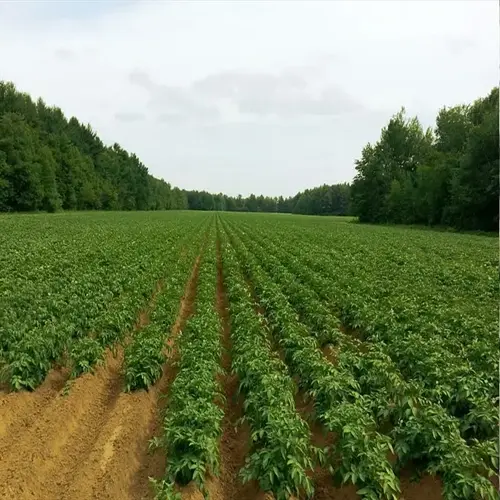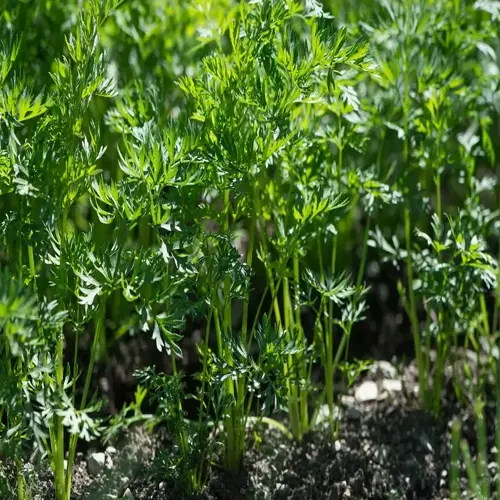Do container-grown shrubs have different planting rules?

Written by
Michael Sullivan
Reviewed by
Prof. Martin Thorne, Ph.D.Container shrubs provide users with more flexibility, although you still need to maintain seasonal awareness. Established root systems of container-grown plants can withstand greater planting date variability than bare-root plants. However, extreme heat and cold continue to cause damage. I have routinely planted containers in cold winter months or during the dog days of summer, respecting the core boundaries of the season and using special climate protection.
Seasonal Adjustments
- Winter: Use burlap wraps and deep mulch insulation
- Summer: Install 50% shade cloth and water 3x daily
- Spring/Fall: Minimal extra protection needed
Root Management
- Always tease circling roots before planting
- Trim only damaged roots with sterilized pruners
- Avoid bare-rooting container-grown specimens
Moisture Control
- Water when top 2 inches of soil feel dry
- Use moisture meter for accuracy in different seasons
- Add water-retaining crystals during summer planting
Temperature limits are always important for success in containers. Roots freeze below 25°F (-4°C), regardless of the precautions you take. Soil cooks above 95°F (35°C) in pots. I use a digital thermometer to monitor temperatures in the root zone. I wait to plant if temperatures are extreme in the forecast.
Root circling can lead to long-term issues if not addressed. Always tease roots outward before planting. I even make vertical cuts in rootballs with a garden knife if they are unwilling to let go. This straightforward step eliminates the likelihood of girdling roots suffocating your plant years later.
Seasonal protection varies greatly. In winter, we have to have insulated planting holes filled with warm water. In the summer, we must use temporary shade structures. My potted hollies survived the January planting with the help of thermal blankets. My Hydrangeas needed shade in the afternoon for the July installation.
Water management varies for bare-root plants. Container plants tend to dry out more quickly but are susceptible to overwatering. I check moisture levels below the surface with moisture meters. I employ drip systems with timers that provide consistency. I adjust weekly according to temperature changes.
Read the full article: When to Plant Shrubs: Complete Guide

